Welcome to part two of my exploration of slide film. You can read part one here.
I was really pleased with the number of slide enthusiasts who commented and the general consensus is that slide film comes into its own when projected or viewed over a lightbox. That scans of slide film just don’t do the medium justice. And I think on that we can agree, one of my dreams is to try slide film in large format and see that over a lightbox but with the comments from my previous article I’m also keen to see slides projected the way they were intended to be viewed.
This second part is to look at the developing side of slide film. Slide film is known to be the most complicated out of Black and White, C-41 and E6 developing but having tried the two former I thought that I would try my hand at E6.
I’ve personally found black and white and C-41 to be relatively forgiving of my relaxed approach to development; however in my first attempts at each process I follow the instructions and temperature guidance to a T. I was equally careful for E6 as this was to be my first attempt. That’s not to say mistakes are not made, just that I am as careful as I can be.
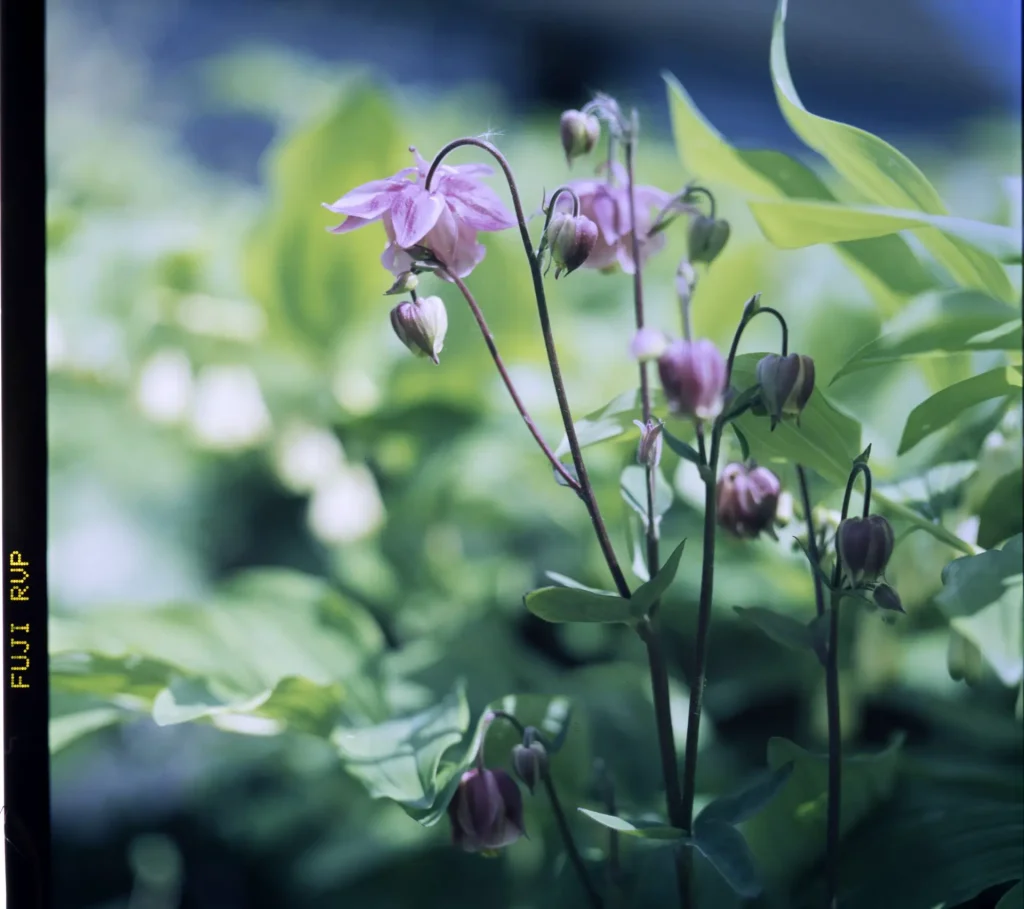
The Kit
I opted to use the Cinestill kit. My reasoning for this was that I was intrigued by the options, they have three different options for the development stage Tungsten Chrome, Dynamic Chrome and Daylight Chrome. The idea being that you can choose your developer to help you achieve different results from the transparencies. For my first attempt I chose the Daylight Chrome as I had shot in daylight along with the remaining elements of the Cinestill kit to keep things simple.
I think it’s worth mentioning that this is the first powdered chemistry I have worked with. For both black and white and c-41 I have used liquid kits which are definitely easier to mix.
I always think it’s interesting to hear about the first time experience of processes as those are often more helpful to avoid pitfalls than hearing from an expert who no longer makes the little mistakes. So I hope this whole article is understood by the readers to be the opinion of a novice, someone who has only done this once and is sharing their experience of the process. If you’d like to see the visuals of that first attempt I did document it for YouTube.
The process
For this kit you need to get the water up to 60 degrees to dissolve the powder (according to the instructions) and for the whole process you need to keep your chemicals at 40 degrees. In order to achieve this my working space became incredibly hot and uncomfortable to work in. The process of development, in terms of putting chemicals in and agitating is not much different to the other processes but it does call for the water to go back up to 60 degrees for a wash before you come back down to 40 degrees for the final stage.
This is something that was contested in the comments on my YouTube video so my understanding is that this process varies depending on the brand of chemicals that you are using.
The temperatures required made me quite uncomfortable with the process from an environmental perspective due to the energy consumption, and so after I processed the first roll of film, to check that the process was working, I resolved to develop as many rolls in one session as possible. I also found that this process felt the most toxic. I can’t be sure from my own knowledge whether it’s any worse than the other processes but it’s the first time I’ve felt skin irritation from developing and it’s the first time that my darkroom tablecloth has permanently stained (i.e. even after going through a wash cycle they are still stained).
The kits suggest that you can develop up to 10 rolls of film (this is an average taken from the recommendations for 120 and 35mm film as I was processing both) however once I hit roll 7 the results were so dark for the previous two rolls that I had to call it a day for that batch. Again it was asked whether I had left the chemicals too long but all of the rolls were developed within 1 week of mixing.
Some results
It was a very mixed bag in terms of results. Some worked perfectly, some not so much and some are completely unusable. One person has queried whether the failed attempts are from expired film as I do use expired film but there is no consistent link between failed attempts and whether the film was fresh or expired.
Below are some examples along with information on which number it was and whether the film was expired or fresh.
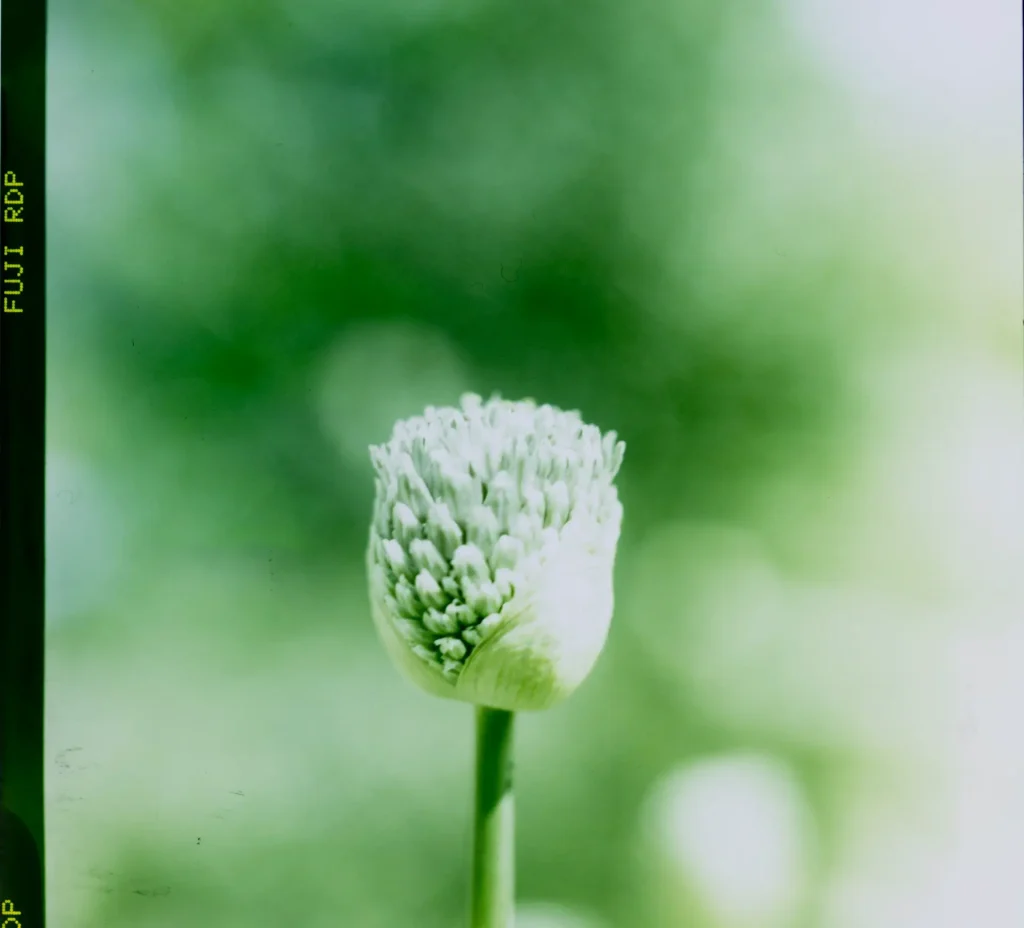
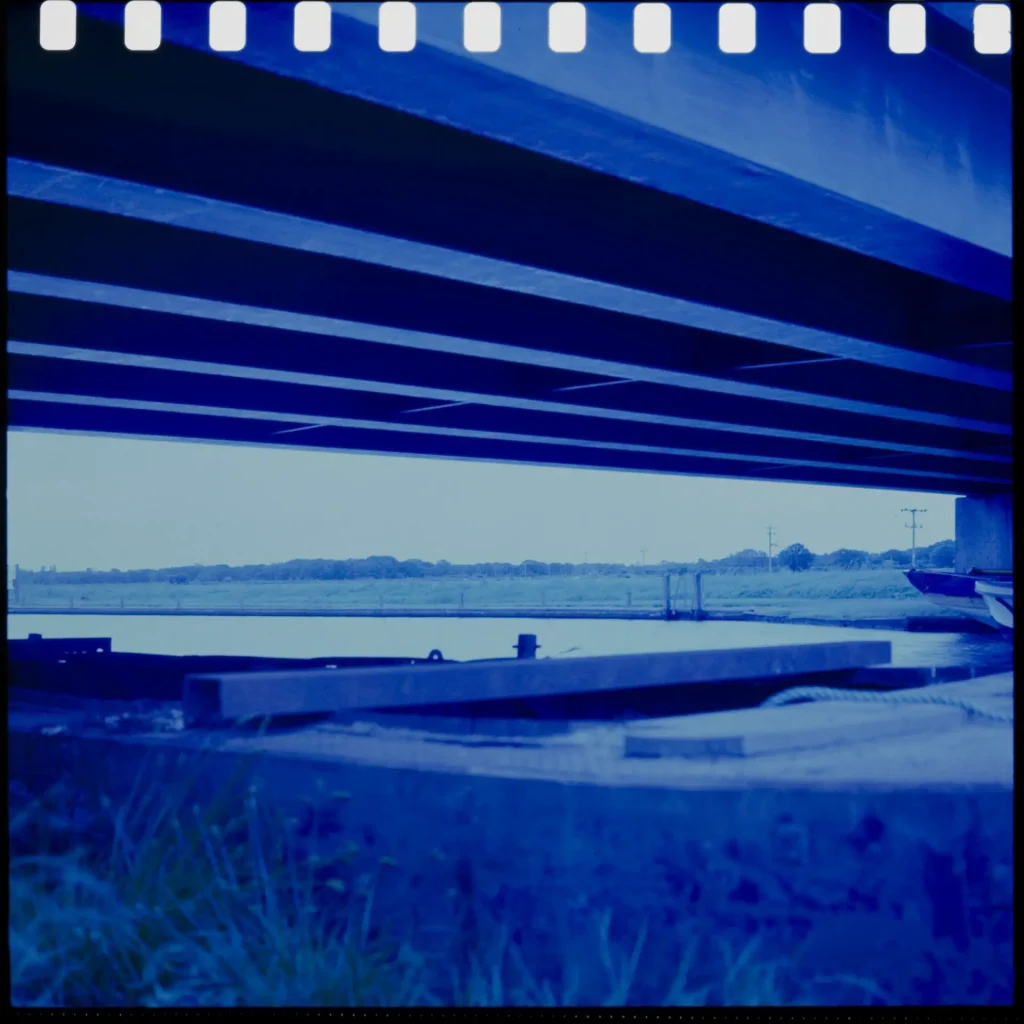
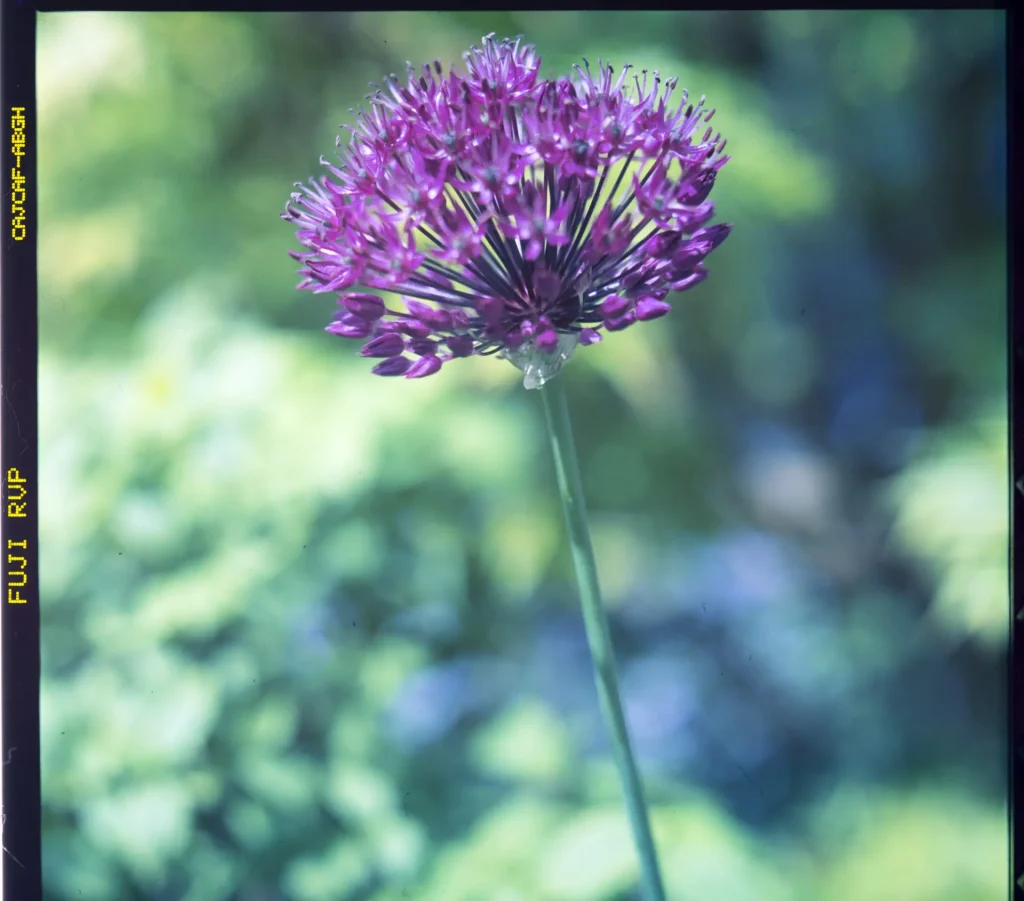
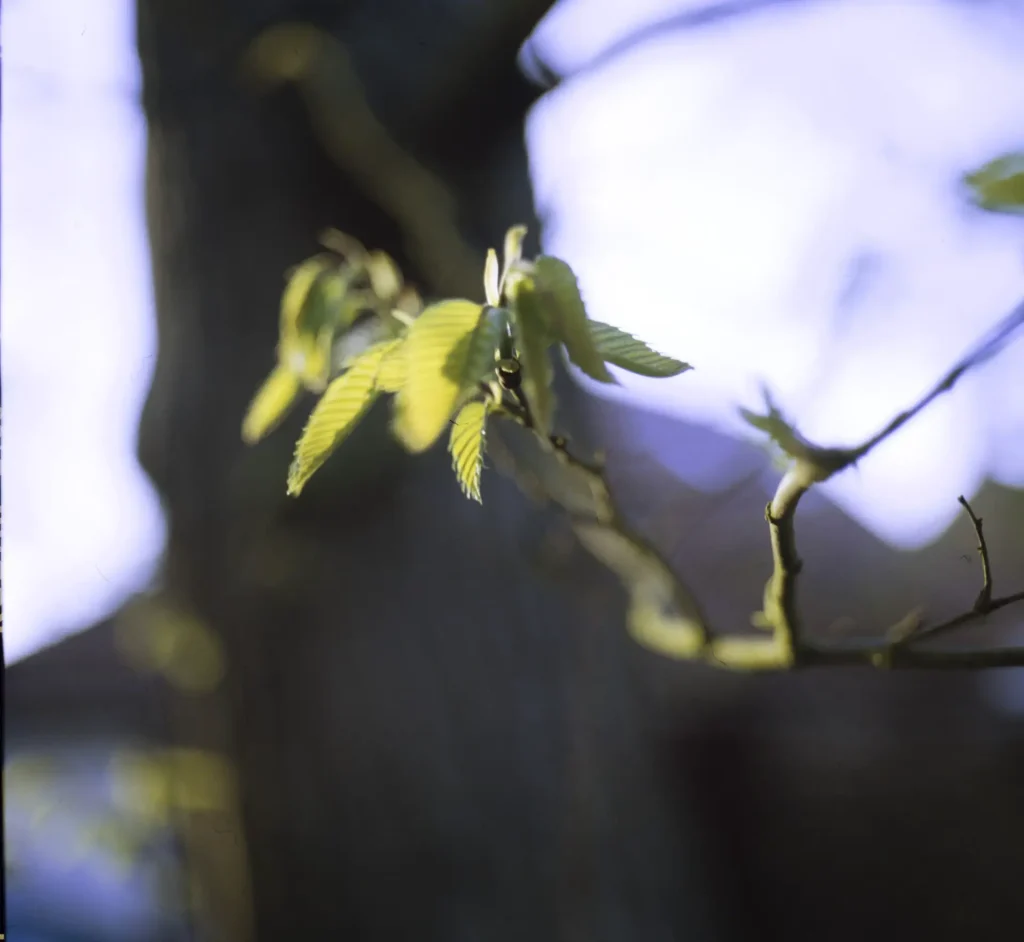
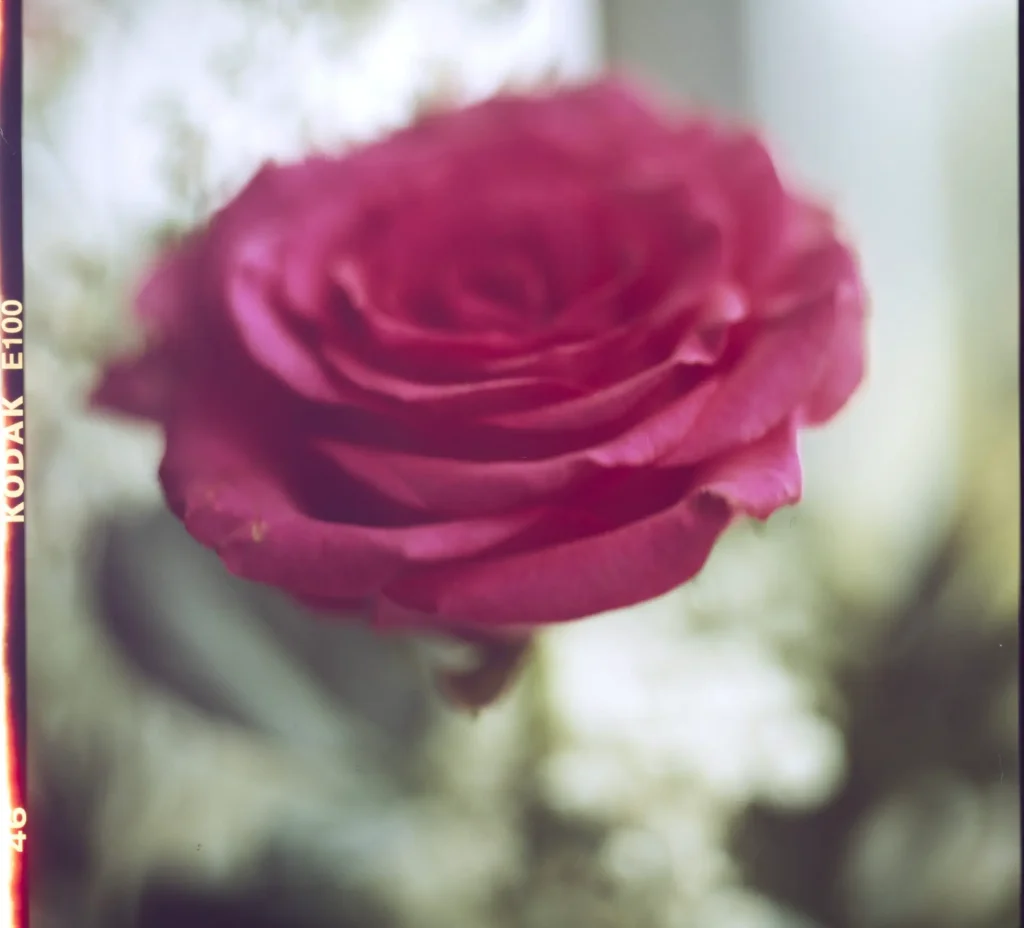
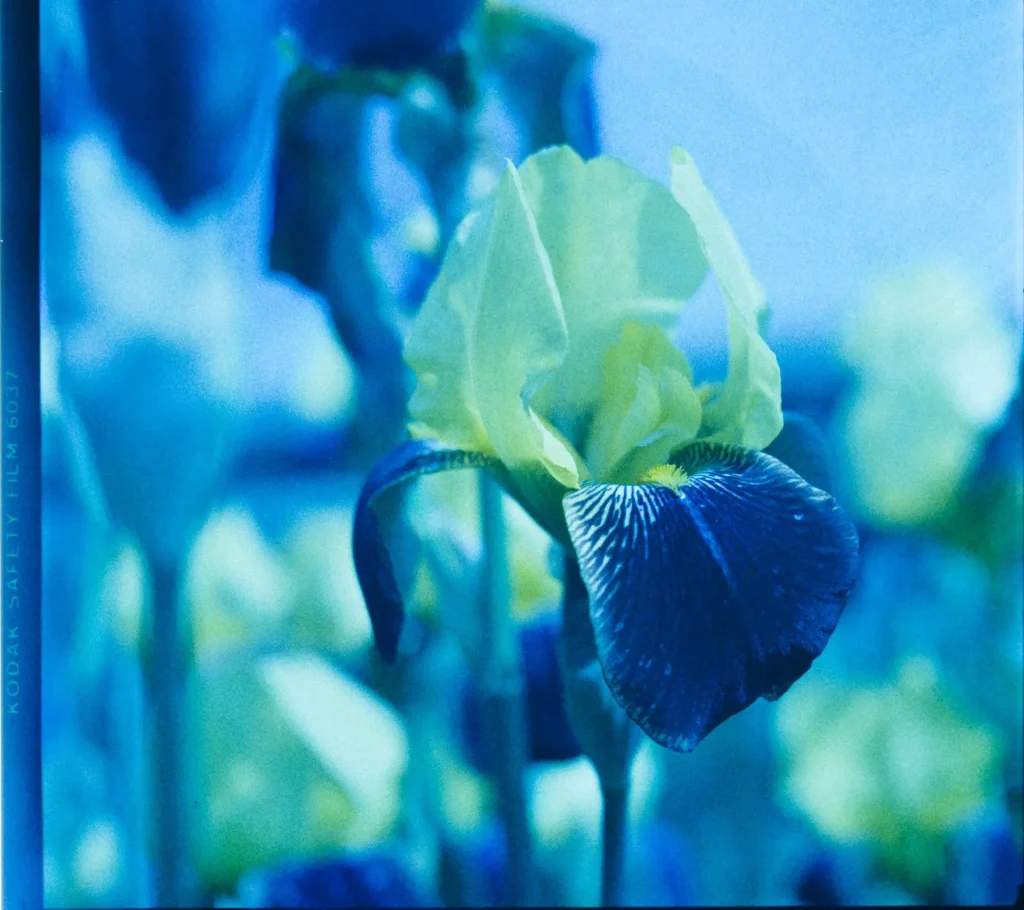
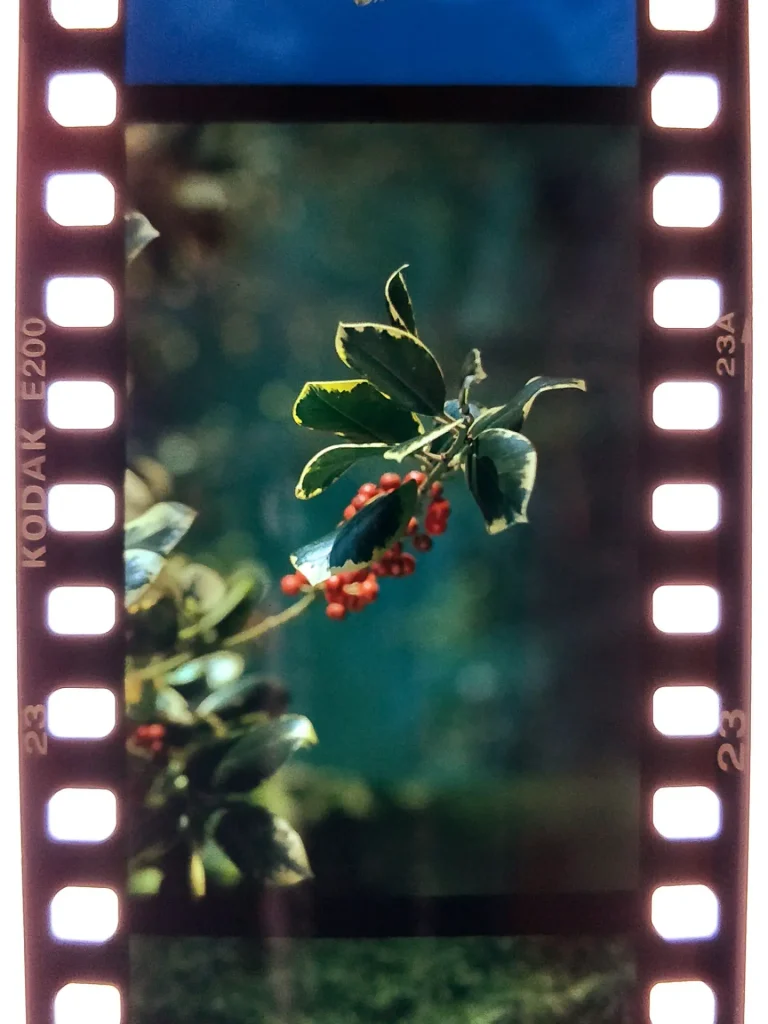
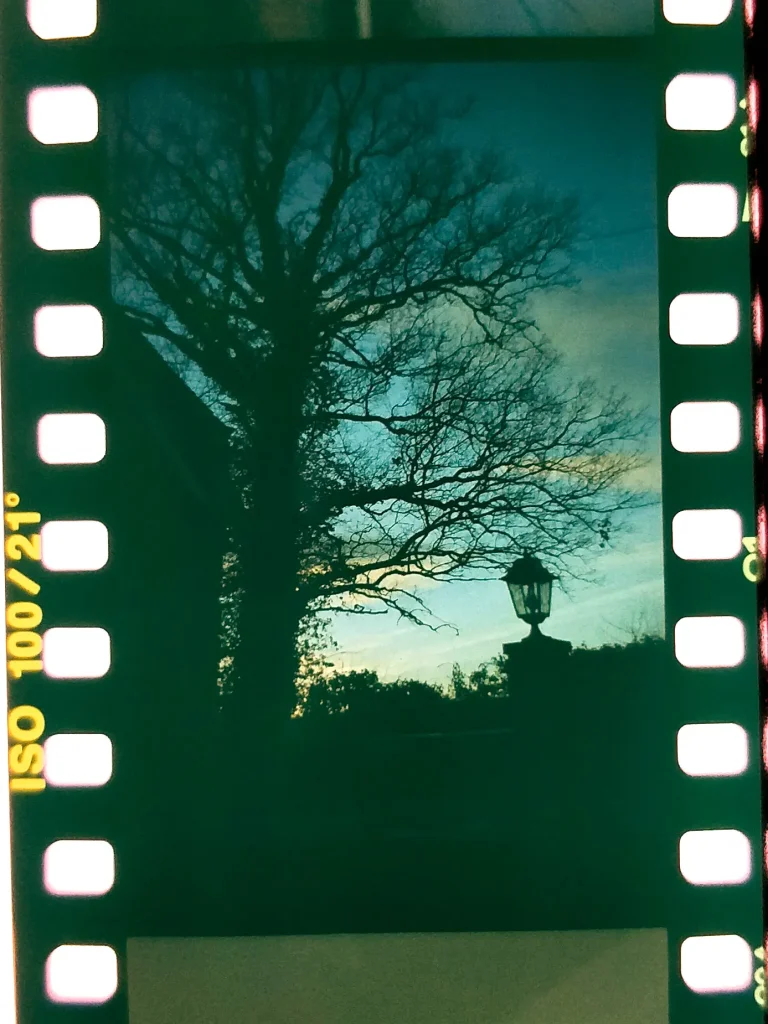
Conclusions
I don’t think it will come as any surprise to you to hear that I did not enjoy this process.
The high temperatures, the changing temperatures, the inconsistent results, the toxicity… all add together to reduce the enjoyment that I get from home development.
It is exciting to pull out positive images from the developing tank but for me that is more novelty, I get just as much enjoyment from pulling out black and white negatives.
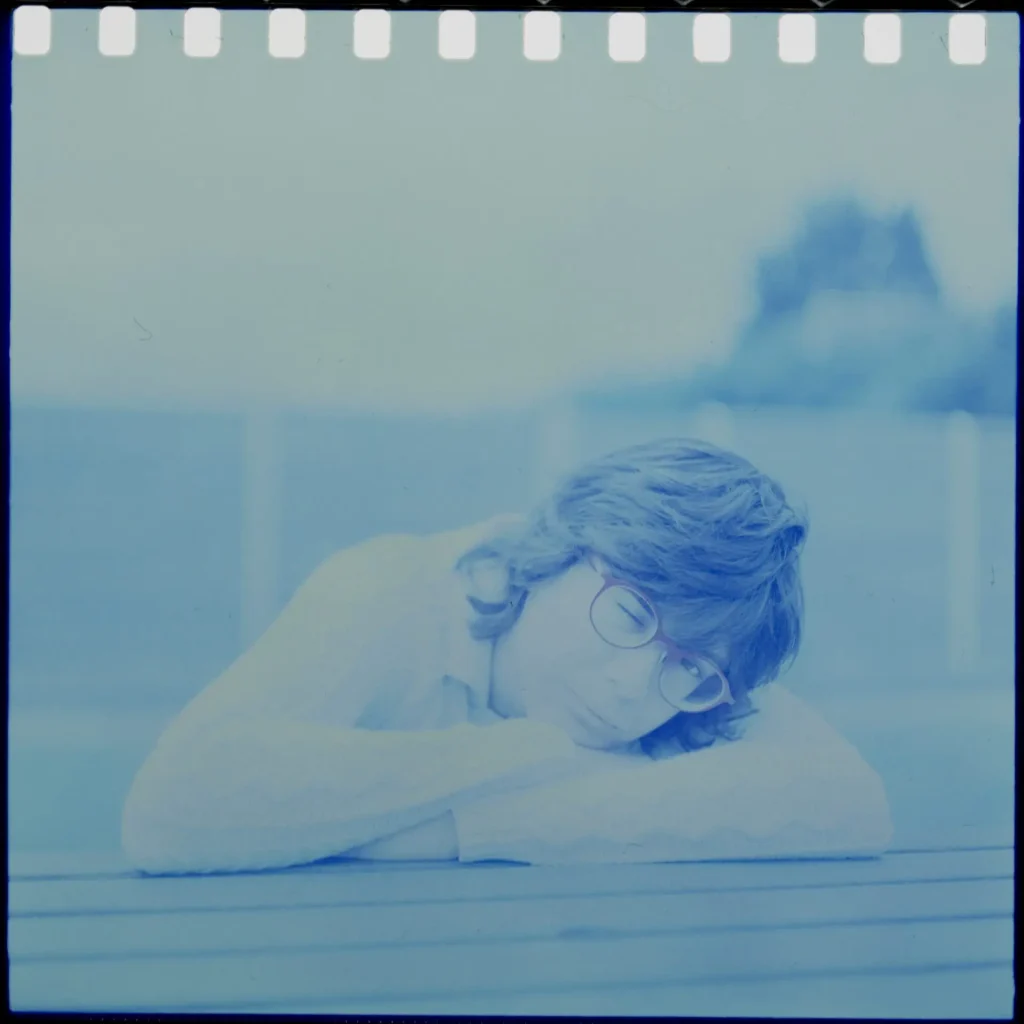
After I had finished this batch of chemicals I had some black and white rolls to develop and it was such a relief to relax and enjoy the process again.
So what now? I personally won’t be shooting slide film and the rolls that I have left I’m planning to cross process to see if I like the results. I know there is a big debate on the merits of cross processing but we have to try these things for ourselves to know if we like them!
The transparencies that I have, I would love to see projected to find out why people are so enthused about it but I won’t be purchasing any more slide film given the price of the rolls and my lack of enjoyment over the whole thing.
The only exception to this is large format, I would love to try shooting slide film in large format because I think that could be rather spectacular. If I did though, I would be getting a lab to develop because that is far too much money to waste on my shoddy development results!
Once again though, this is my opinion and my preference and I completely respect the opinions of those who disagree with me.
You can follow me on Instagram or YouTube and you can check out more of my work on my website or my learning log.
Share this post:









Comments
David Hume on A Year in Slide Film Part 2 – Developing – By Holly Gilman
Comment posted: 21/01/2022
Comment posted: 21/01/2022
Albert on A Year in Slide Film Part 2 – Developing – By Holly Gilman
Comment posted: 22/01/2022
Comment posted: 22/01/2022
Comment posted: 22/01/2022
Comment posted: 22/01/2022
Ken on A Year in Slide Film Part 2 – Developing – By Holly Gilman
Comment posted: 22/01/2022
Based on your results, though I like several of the shots you posted, I can understand your decision. I recently bought a medium format camera and have shot about 12 rolls of C41 with it. I recently discovered some slide film I shot about 30 years ago on my previous MF cameras. They were amazing! I've bought 5 new rolls of E6 120, haven't shot them yet but am looking forward to the results. They are fresh and will be professionally developed. Maybe I'll post a few shots if they come out good. Then we can compare notes. Best of luck with your large format attempts. 4x5?
Comment posted: 22/01/2022